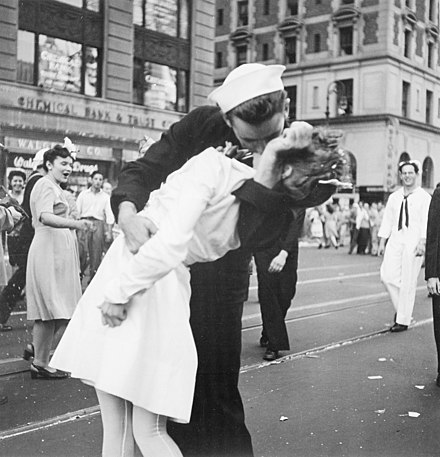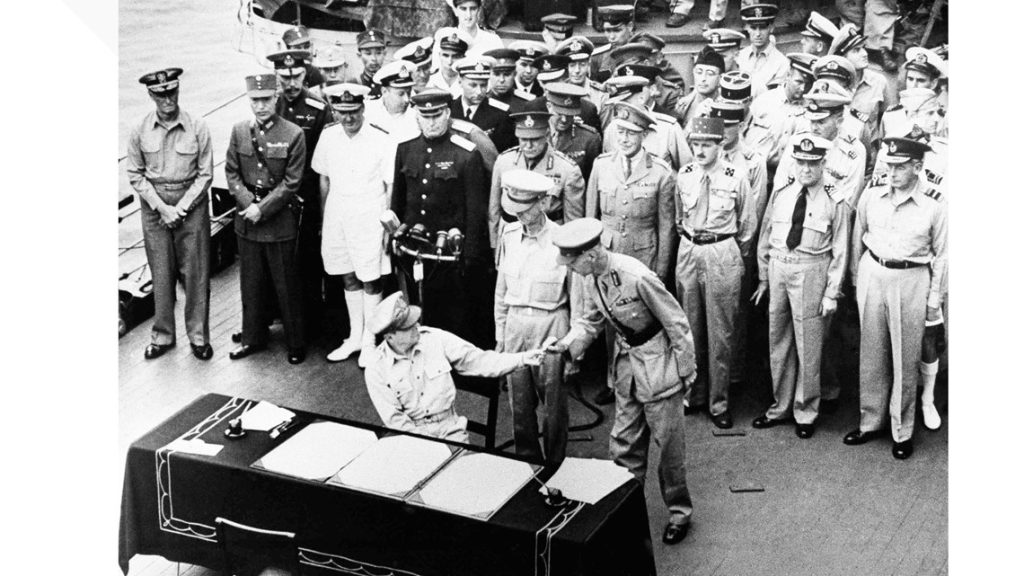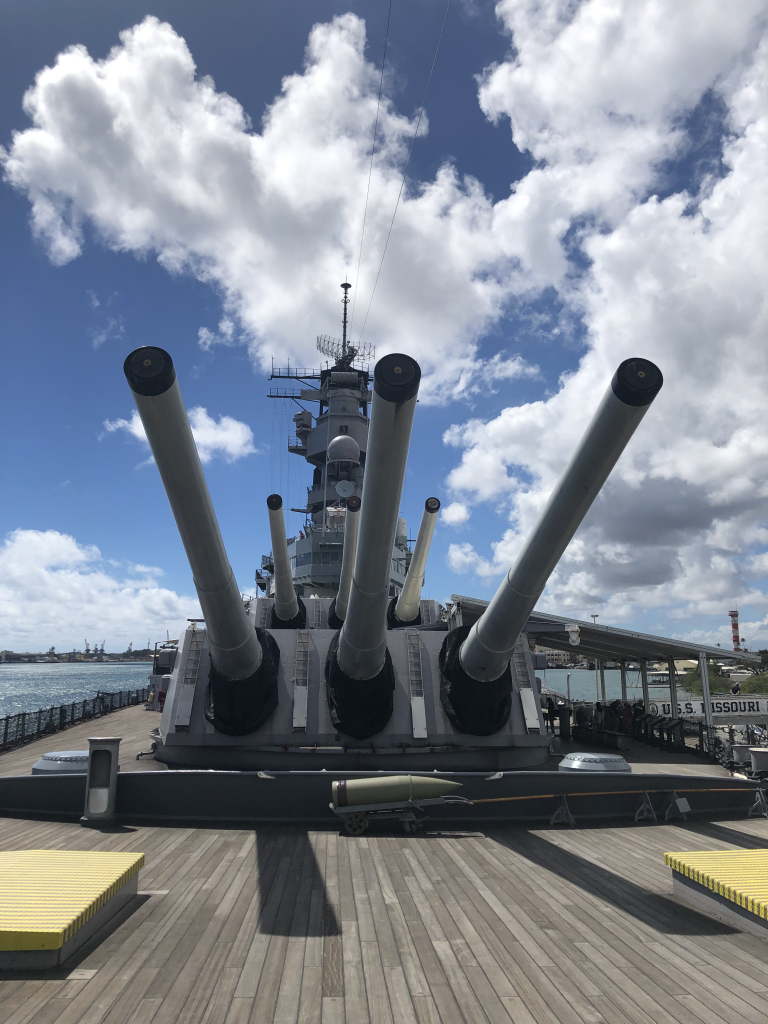Victory over Japan Day

On Friday, August 10, 1945, Emperor Hirohito urged Japan’s War Council to submit a formal declaration of surrender through ambassadors to the Allies. Even though Japan’s war causalities had been great, most of their fleet destroyed and their people were starving, it took a second atomic bomb, dropped on Nagasaki, three days after Hiroshima, for Japan to finally make the decision to surrender. However, the surrender was not formally announced to the land of the Rising Sun until August 14, 1945. And over that four day time period, east of Okinawa, a Japanese submarine sank the U.S. landing ship, the USS Oak Hill, and a destroyer the USS Thomas F. Nickel.

When the announcement hit the air waves the afternoon of the 14th, that the Emperor had already accepted and recorded the terms drafted in the Potsdam Declaration for unconditional surrender. This Proclamation Defining Terms for Japanese Surrender had been submitted by the U.S., Britain, and the Nationalist Government of China on July 26th, 1945, after Germany surrendered.
The reaction by many Japanese was anger. The Imperial Palace was stormed by over 1,000 Japanese soldiers seeking to destroy the proclamation. Faithful warriors, loyal to Emperor Hirohito, repulsed the attackers.
However, it did not stop General Anami, the member of the War Council greatly opposed to the surrender, from committing seppuku, a warrior’s suicide ritual.

On the American home front President Harry S. Truman declared, “This is the day we have been waiting for since Pearl Harbor. This is the day when Fascism finally dies, as we always knew it would.”
Victor Jorgensen’s iconic photo for the New York Times called Kissing the War Goodbye, of a sailor kissing a nurse, in New York’s Time Square, captured the overwhelming sense of relief and joy of the Allied nations emerging from the turbulent years of a long and bloody war.

While August 14th and 15th are the actual “V-J Days”, September 2nd 1945 is also considered “Victory over Japan Day” as it marked the formal signing of the official Japanese surrender which took place on the USS Missouri while anchored in Tokyo Bay.



No matter how many times one has the opportunity to stand aboard the USS Missouri now anchored at Pearl Harbor, the magnitude of the event of the signing on her deck still elicits a deep sense of gratitude for all who fought, suffered and died for our freedom.




